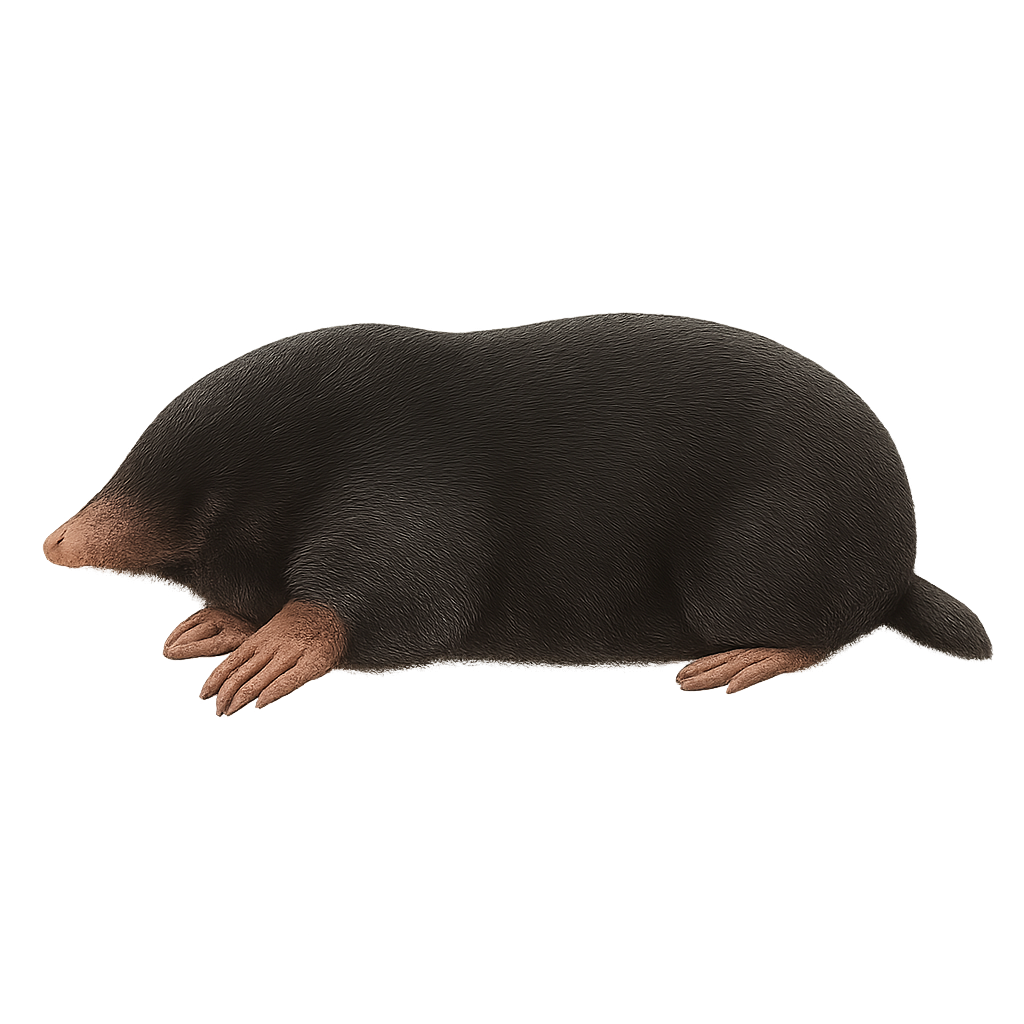Your wildlife photography guide.
Explore the european mole in detail, study its behavior, prepare your shots.
Where to observe and photograph the european mole in the wild
Learn where and when to spot the european mole in the wild, how to identify the species based on distinctive features, and what natural environments it inhabits. The WildlifePhotographer app offers tailored photography tips that reflect the european mole’s behavior, helping you capture better wildlife images. Explore the full species profile for key information including description, habitat, active periods, and approach techniques.
European Mole
Scientific name: Talpa europaea

IUCN Status: Least Concern
Family: TALPIDAE
Group: Mammals
Sensitivity to human approach: Suspicious
Minimum approach distance: 3 m
Rut period: March to May
Gestation: 30-35 jours
Births: April to June
Habitat:
Meadows, forests, gardens
Activity period :
Mainly active at night, generally discreet during the day.
Identification and description:
The European mole, Talpa europaea, is a small burrowing mammal found primarily in meadows, forests, and gardens across Europe. It is recognizable by its cylindrical body, velvety black fur, and powerful forelimbs adapted for digging. Measuring about 14 cm in length, it has a pointed snout and small eyes often hidden by its fur. Although nearly blind, it has a highly developed sense of smell and touch, allowing it to navigate efficiently underground. The European mole plays an important ecological role by aerating the soil and controlling pest insect populations.
Recommended lens:
Macro – adjust based on distance, desired framing (portrait or habitat), and approach conditions.
Photography tips:
To photograph the European mole, it's advisable to be patient and discreet. Look for freshly turned earth mounds, a sign of its activity. Use a macro lens to capture the details of its fur and paws. Natural morning or evening light can add a beautiful ambiance to your photos. Maintain a safe distance of about 3 meters to avoid disturbing it. Be prepared to wait, as the mole is often active at dawn and dusk.
From knowledge to field practice
A species profile helps you understand an animal. In the field, the challenge is often different. Remembering your own observations.
The WildlifePhotographer app allows you to:
• record your personal observations
• note locations, dates, and behaviors
• revisit your field references over time
• build a private and long-term field logbook
The app does not provide observation locations.
It helps you organize what you actually observe, with respect for wildlife.

